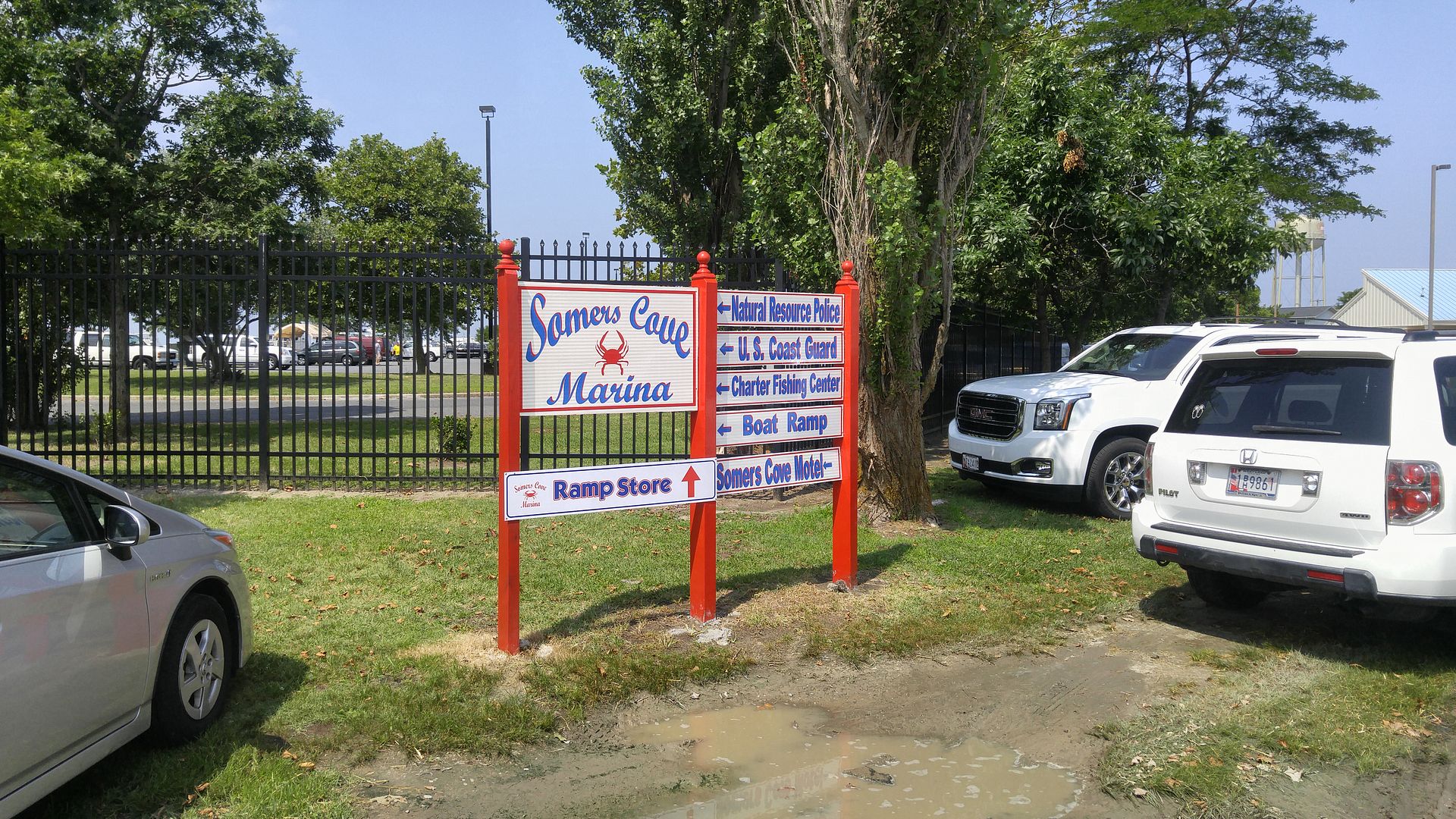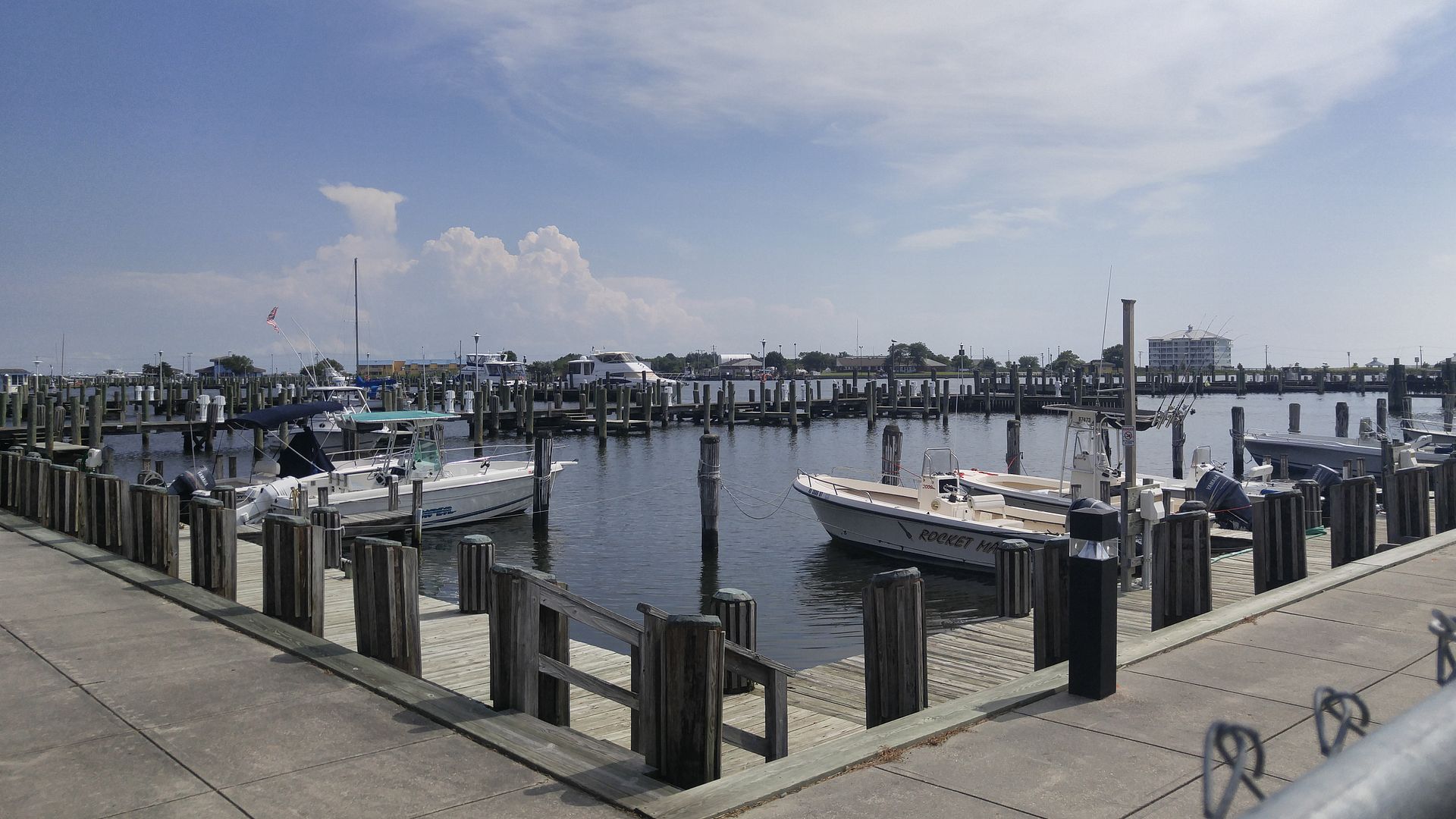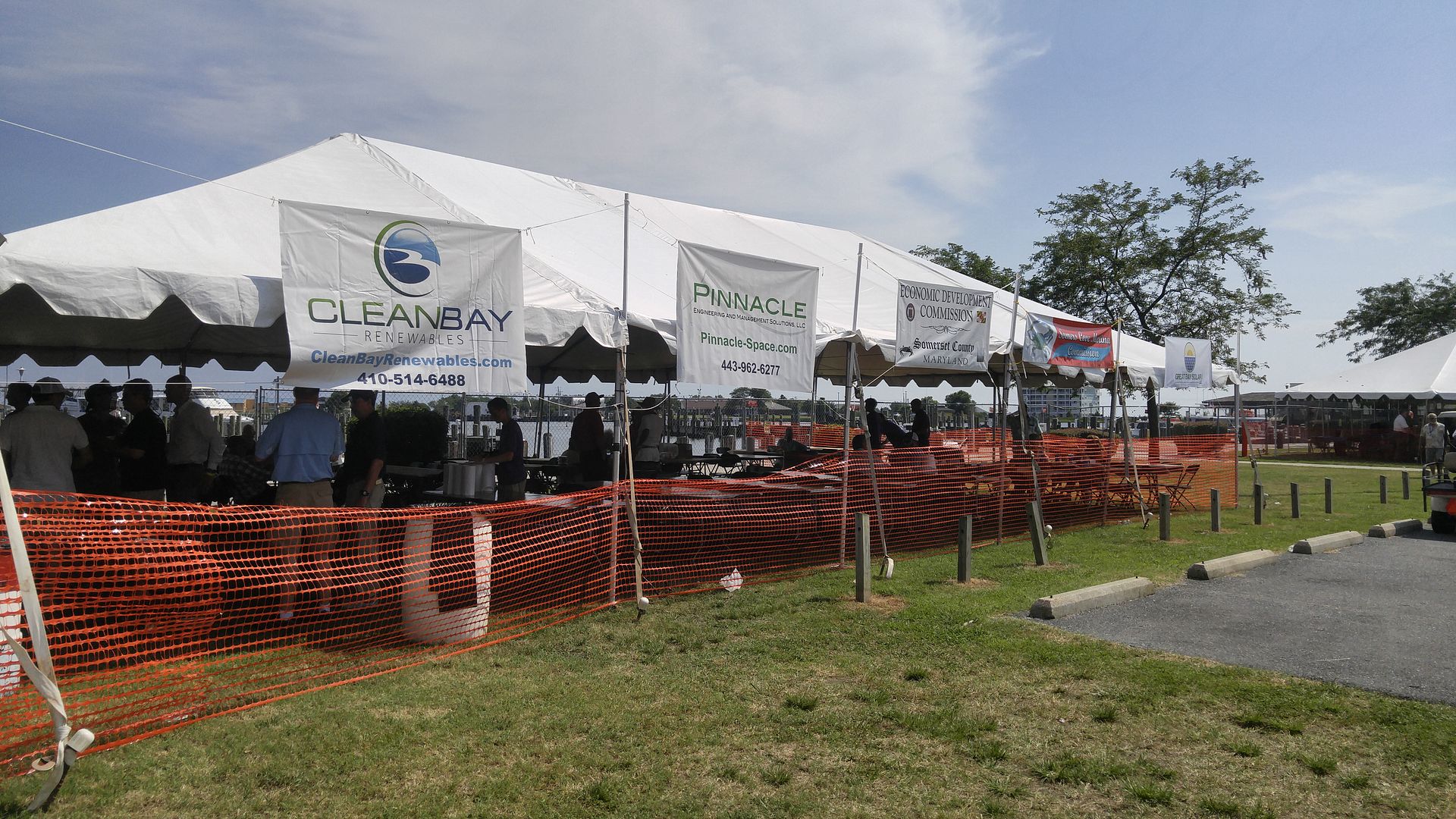Western Maryland is blessed with an enormous amount of cleaner burning natural gas and we need an all of the above approach to energy. I am concerned that there has been a knee-jerk reaction against affordable energy production in our state. Maryland is definitely behind the curve because this administration has decided to politicize the issue rather than take a balanced approach to ensuring we have access to clean and affordable energy sources to power our homes and businesses and grow our economy.
States throughout the country including our neighbors develop their natural gas resources safely and efficiently. Many of these states are realizing an economic boom through gas and oil exploration and are working in concert with groups like the Natural Resources Defense Council to harness these vast resources of domestic energy in an environmentally sensitive way.
Larry Hogan, in response to a WYPR-FM candidate survey, May 2014. (Emphasis mine.)
Three years later, western Maryland is still blessed with an enormous amount of cleaner-burning natural gas, but on Friday Governor Hogan decided it would be better to leave this valuable resource in the ground rather than create jobs and economic opportunities for a section of the state that lags behind the rest of Maryland when it comes to those two very things.
Perhaps we should have seen this coming, though: the temporary moratorium that was in place stemmed from a bill that Hogan allowed to become law without his signature rather than veto it back in 2015. The bill, which as originally introduced was laughably intended to “protect our health and communities,” was amended from a ban extending to 2023 to a prohibition intended to last until October of this year, when the Maryland Department of the Environment was to have regulations in place. But, as Governor Hogan noted in his press conference announcing the new fracking ban, Maryland envisioned the most stringent regulations in the nation – a roll of red tape that would have amounted to a de facto ban if enacted.
And to illustrate the political pressure Radical Green can put on wobbly members of the GOP, bear in mind that the original third reader vote on the 2015 House bill had 45 opposed, but that number whittled down to 33 once the Senate version passed and the House bill (as amended to match the Senate version) went to third reader. The wobblers who changed their votes were Delegates Anderton, Afzali, Beitzel, Carozza, Krebs, Malone, McComas, Miele, Shoemaker, and West. (This list is ten because two Delegates who voted “no” originally were absent the second time, but Afzali changed her vote after the fact to be truly gutless. Interestingly enough, Delegates Anderton, Carozza, Krebs, and Shoemaker all changed back three days later when the Senate third reader came to the House while Delegate Saab opted to join the dark side.) Conversely, the Senate only had two votes correctly in opposition all along, Senators Hough and Ready.
Now we can add Larry Hogan to the list that has wobbled and fallen – this despite a mountain of evidence that hydraulic fracturing, which has been ongoing for over six decades, is safe when done properly. Even the EPA, which put out a final report in the waning days of the Obama administration, noted they found scientific evidence that hydraulic fracturing activities can impact drinking water resources under some circumstances. Yet many of the circumstances they point out could occur at any chemical plant, and they note:
Data gaps and uncertainties limited EPA’s ability to fully assess the potential impacts on drinking water resources locally and nationally. Because of these data gaps and uncertainties, it was not possible to fully characterize the severity of impacts, nor was it possible to calculate or estimate the national frequency of impacts on drinking water resources from activities in the hydraulic fracturing water cycle.
So should I point out again that over 2 million wells have been hydraulically fractured over the last six decades without incident? It seems to me that past performance should be a very good predictor of future results, particularly as the technology advances. And if you read the report, you’ll note that the uncertainty of cause even extends to those limited, rare incidents blamed – many times falsely – on fracking and most publicized by Radical Green.
No one denies there is risk with hydraulic fracturing – just as there are documented issues with low-frequency noise and impacts on bat population with wind turbines and potential for environmental impact as more and more solar panels are spread over the landscape to significant effect – but the rewards from fracking, as measured by both local economic benefits and the lessening of reliance on foreign energy supplies, have been found to outweigh the risks in nearly every jurisdiction where fracking is possible, while the recalcitrant others (Maryland and New York) have believed the hype over the facts.
While Maryland is a small part of the Marcellus Shale formation that has produced the resurgent energy industry in a region that first benefitted over a century ago from an oil boom – there’s a reason we have motor oil from Pennzoil and Quaker State and it’s not because the brand names are cute – this is a time when the domestic oil and natural gas industry is in a holding pattern. Crude oil prices in the $40-50 a barrel range and a relatively constant balance of natural gas supply and demand means that Maryland missed the boat by about a half-decade in the current cycle, but an increased potential in natural gas exports – coupled with a multi-billion dollar investment in Maryland’s Cove Point facility for LNG exporting that’s slated to come online later this year – means our state would have been in good position to benefit in a few years’ time once natural gas exploration began and delivery infrastructure was put in place. (People tend to forget that part of the equation, too.) But politics, embodied in the baseless fear caused by a noisy environmental lobby, ruled the day Friday.
Allow me to let you in on a dose of common sense: there’s no way in hell Radical Green will give Larry Hogan any credit for what he did on fracking come election time. You can bet your bottom dollar that they will flock to whoever the Democrats end up anointing in their primary because their main goal isn’t a clean environment but to have statists in charge of government. Yes, the rank-and-file who might send a couple hundred dollars to the Chesapeake Bay Foundation every year may really care about the health of the bay, but when the people who benefit most from it are the ones who determine the annual “grade” for the cleanliness of the Bay one has to wonder how much of their thumb is placed on the scale. After all, if the Bay had a grade of A and was pristine H2O, what need would there be for a CBF?
The oil and gas industry doesn’t depend on a government subsidy – they just want a fair and predictable regulatory scheme. But a state which has no problem bending the energy trade by mandating a certain percentage of electricity comes from solar energy and demanding ratepayers subsidize an offshore wind farm seems to have an issue with the source that’s been proven reliable over time and is known as a job creator.
As a ratepayer and voter, I was willing to accept the slight environmental risk of fracking in return for a more prosperous state overall as well as more inexpensive and reliable energy. (And yes, I know that the area in question isn’t one where I live. But if I ever secure a piece of land nearby and someone wants to pay me for the right to use my land to explore for energy resources, I’m glad to oblige. No one has yet assessed the Delmarva Basins on which many of us live for their energy potential.)
In 2014, Allegany and Garrett counties provided almost 1/4 of Larry Hogan’s margin of victory as he carried the duo by 16,466 votes in an election he won by 65,510 votes. Add in adjacent Washington County and that number becomes 35,274 votes, or over half his victory margin. At the risk of losing thousands of votes in that region, Larry Hogan has acquiesced to an environmental lobby that’s not going to give him any credit, any dollars, or any votes for the decision he’s made.
I suppose Larry Hogan thinks he’s got an all-of-the-above electoral strategy, too. But at a time he could have changed Maryland for the better, he instead foolishly chose to surrender to the naysayers.




















